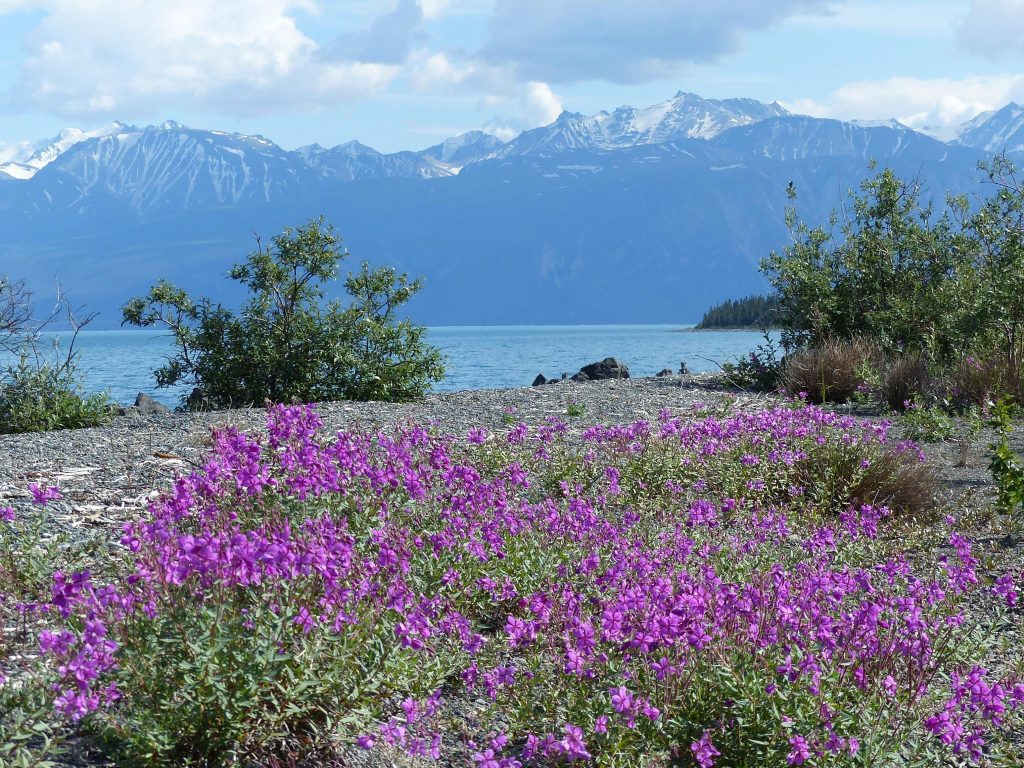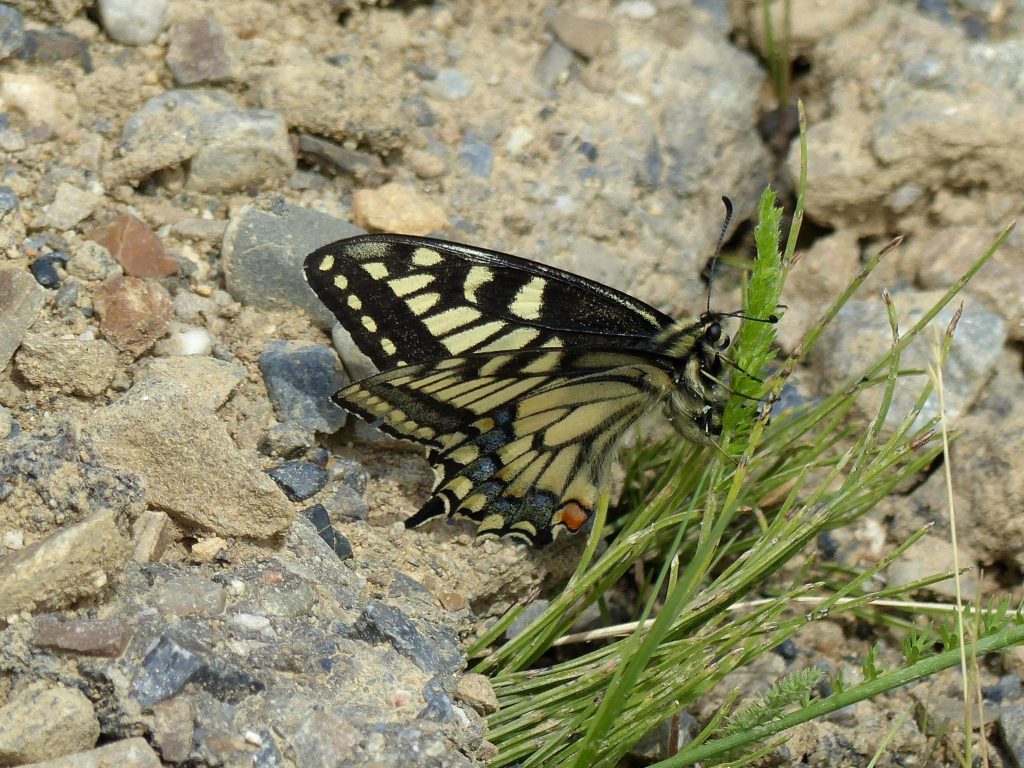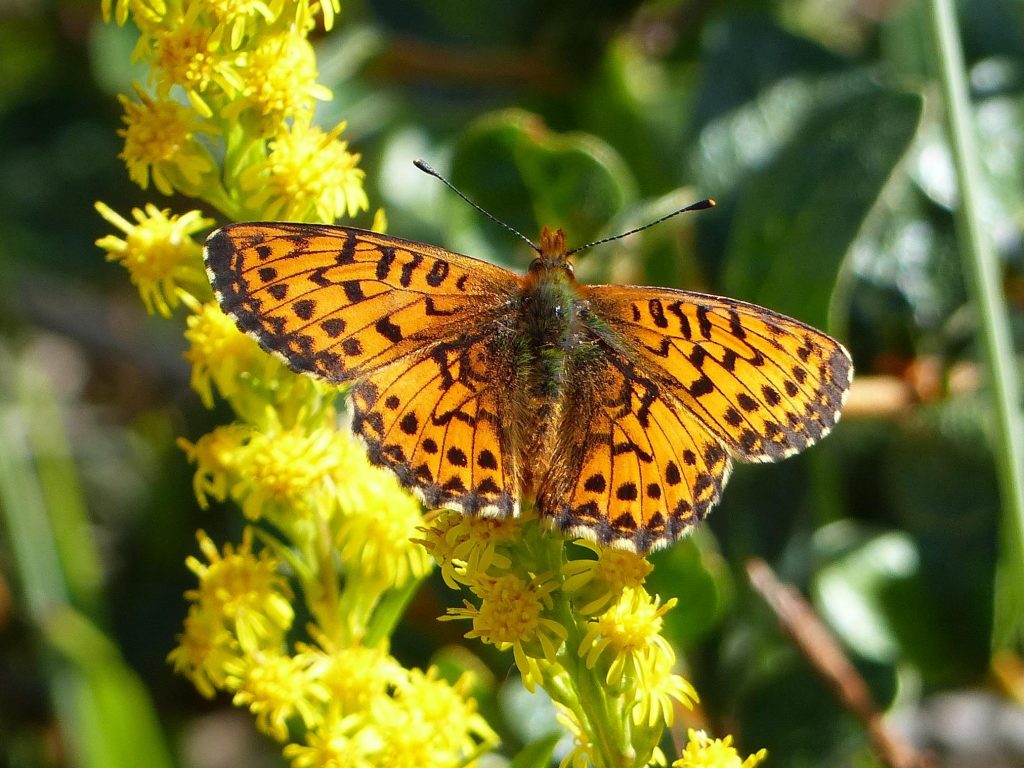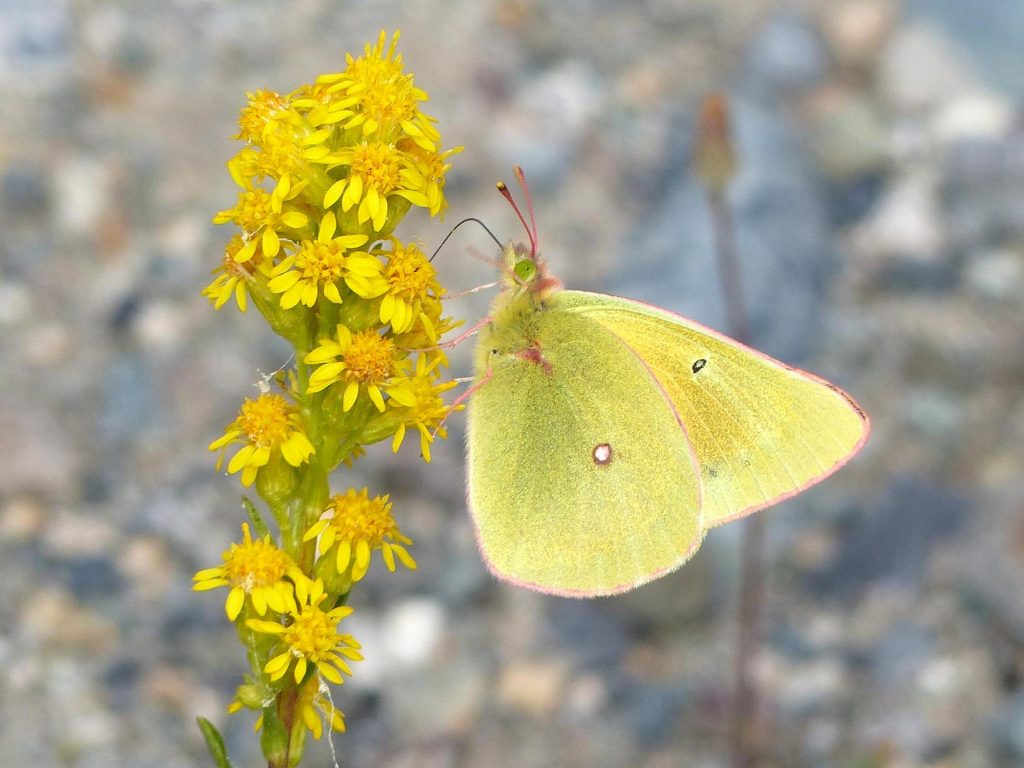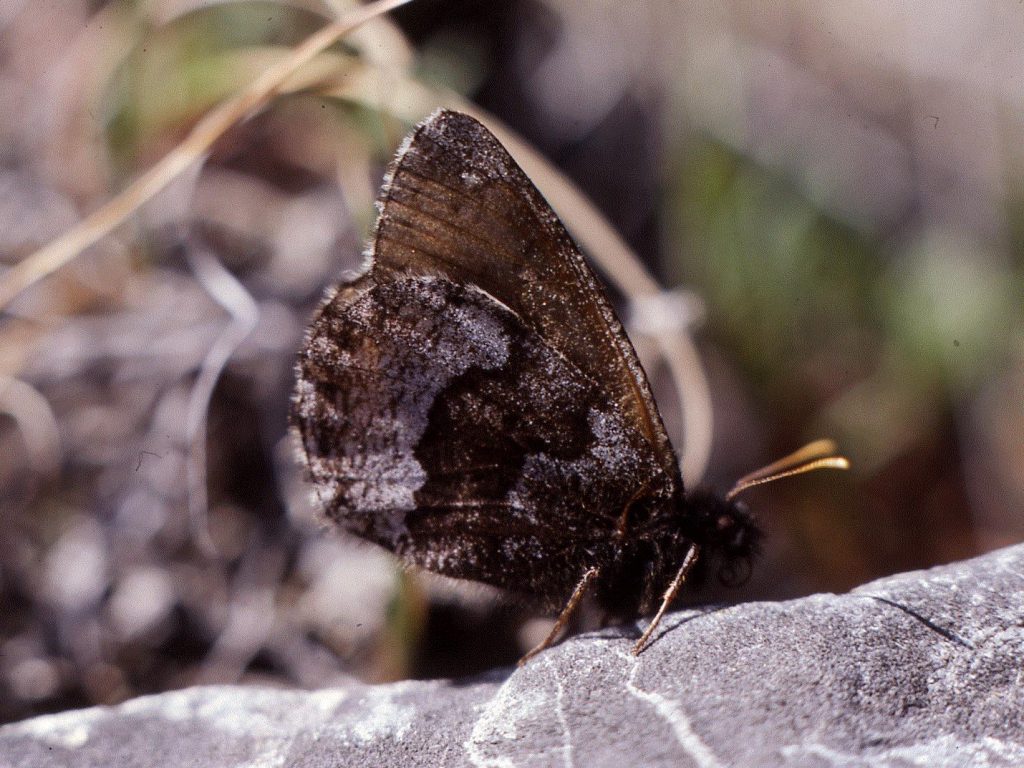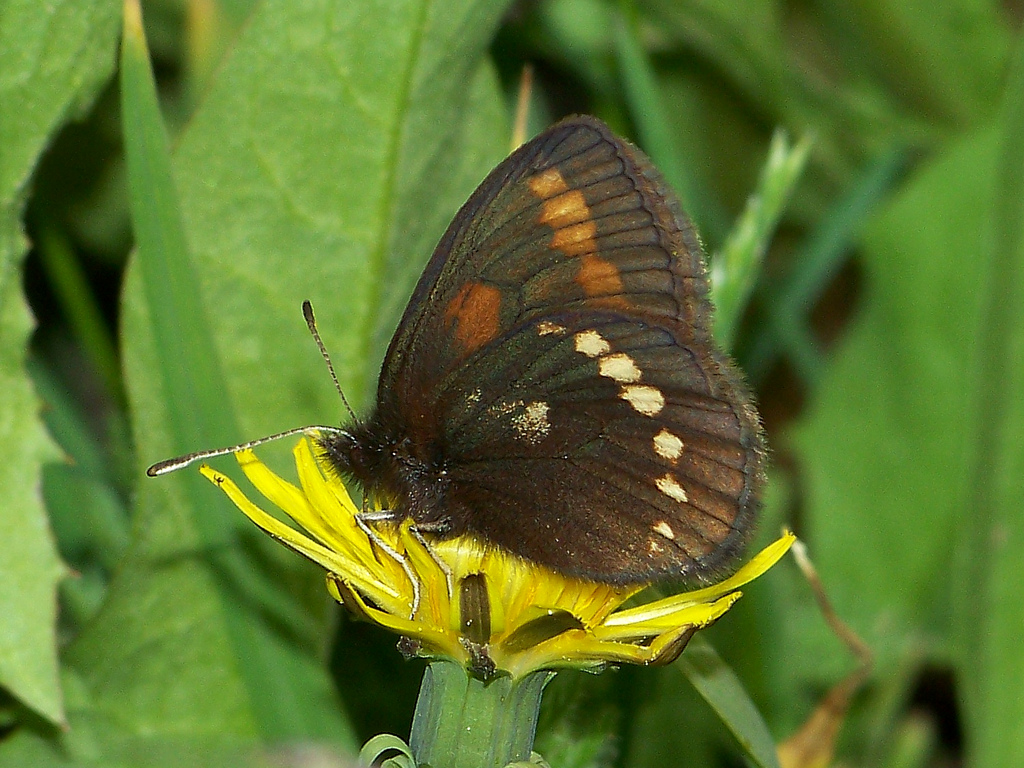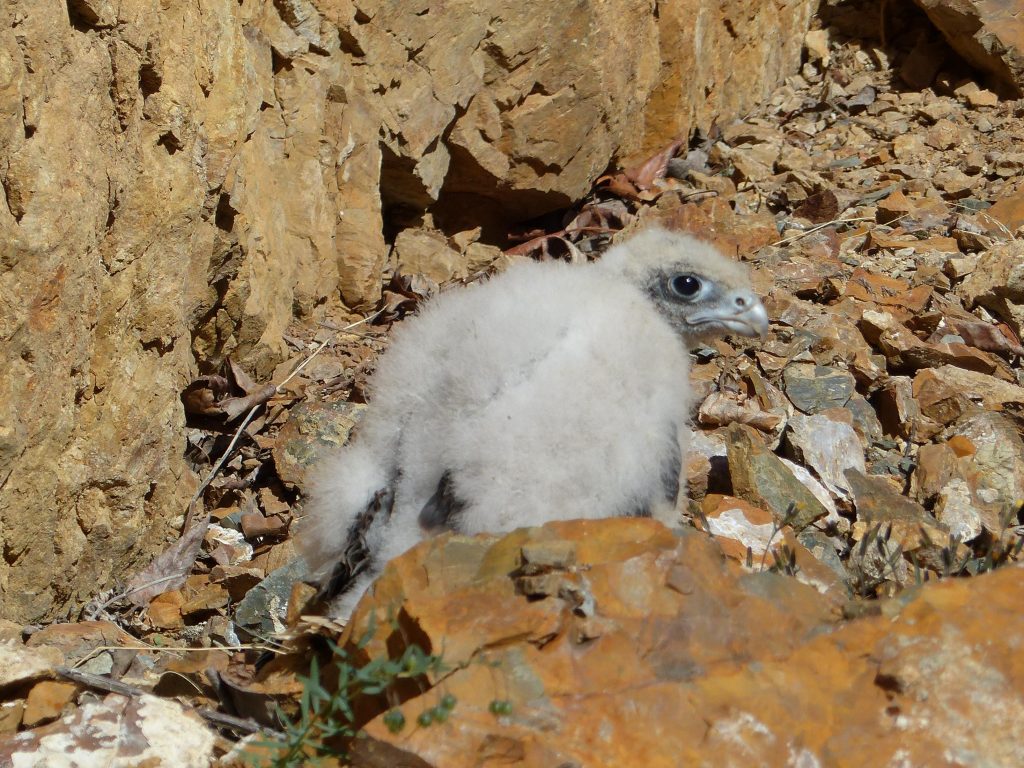By Peter Hall
Over the past several years, I have written a number of User Stories for eButterfly. These have been mainly about my wife, Judy, and my trips to warmer climates during the winter months in Canada. This year seems like a good one to spend more time in our country, so several trips are being planned for around Ontario and out east to Newfoundland, both good butterfly destinations.
It got me thinking about past trips to more remote parts of Canada and how I have never written about them. So here is the first, covering such trips, to one of our favourite parts of Canada – Yukon Territory in Canada’s far north. The time was July, 2014.
Yukon, as we call it, looks remote on a map, but it is not difficult to get to as there are direct flights from many parts of Canada to the territorial capital, Whitehorse. From there, the well- maintained highways stretch north to above the Arctic Circle and west into Alaska.
Our recommended way of travel is to rent a recreational vehicle, our choice being a very mobile camper-truck from Canadream. They are very comfortable inside (even with a queen-size bed and shower) and a full, if small, kitchen and bathroom.
Having picked up the vehicle and food, we headed north on the paved Yukon Highway and soon found the first of our delightful territorial campgrounds. Even though basic, they were all on a lake or river with a feeling of wilderness all around.
The butterflies began to show up as soon as we started. On the first day we saw and photographed Arctic Fritillary and Arctic White. Canadian Tiger Swallowtails and Old World Swallowtails flew by regularly. We even found a female laying eggs on a roadside foodplant.
As we travelled further north surrounded by beautiful snow-capped mountains, through boreal forest, past many bogs and lakes, we stopped in likely spots with the many blooming arctic flowers. We found Dorcas Copper, Common Alpine, several sulphur species – Christina, Giant, Clouded, Chippewa. There were also smaller arctic species like Grizzled Skipper, Persius Duskywing and several boreal blue species such as Cranberry, Greenish and Northern.
Our first destination was the town of Dawson City, famous for its role in the Klondike Gold Rush. It is a charming town on the Yukon River with its unpaved roads and wooden sidewalks and many original and re-constructed Klondike-era structures still intact.
Being at higher latitudes in mid-summer, there was almost 24 hours of sunlight. At Dawson, sits the log cabin of Robert Service, the famous Klondike poet who penned ‘There are strange things done in the midnight sun by the men who moil for gold” He would have found it strange to see the likes of me out photographing butterflies at midnight.
North of Dawson starts the gravel Dempster Highway, which stretches over several mountain ranges to the Arctic Ocean. Along the way are several well-known butterfly locations, the most famous being Tombstone Territorial Park and further north, Windy Pass. Despite off and on cool and rainy weather, we caught up to White-veined Arctic, Four-dotted and Eskimo Alpines, Hecla and Canadian Sulphurs, among others.
We were going to head west on the Yukon Highway from Dawson, but reports of the road to Chicken, Alaska (no kidding!) being washed-out in a few spots, we headed back to Whitehorse.
The final stage of our trip was west of Whitehorse on the paved Alaskan Highway to the Alaskan border. We ended up staying in our favourite Yukon campground on Lake Kluane. Boreal glades produced new butterflies.Those found included Hoary and Green Commas, White Admirals, Anicia Checkerspots and many others we had already encountered. Along the way, we encountered a Grizzly Bear teenager hunting ground squirrels beside the roadway.
An interesting side trip was up a mining road into the Kluane Mountains. We passed a short cliff and a ball of feathers dropped onto the road in front of us. It turned out to be a Peregrine Falcon chick that had tumbled from its nest on the cliff. As I approached it, an angry adult swooped down and I had to beat a hasty retreat. We went to a nearby park ranger station and reported the bird. They promised to go and rescue the chick (better them than me). A most memorable ending to a fascinating part of Canada. All my records from the trip are posted on eButterfly with photos.
By the way, the arctic and boreal forests have a reputation for biting insects (mostly mosquitos and blackflies). However, if you avoid too much time in bogs, we found we were mostly bug- free throughout the trip.
